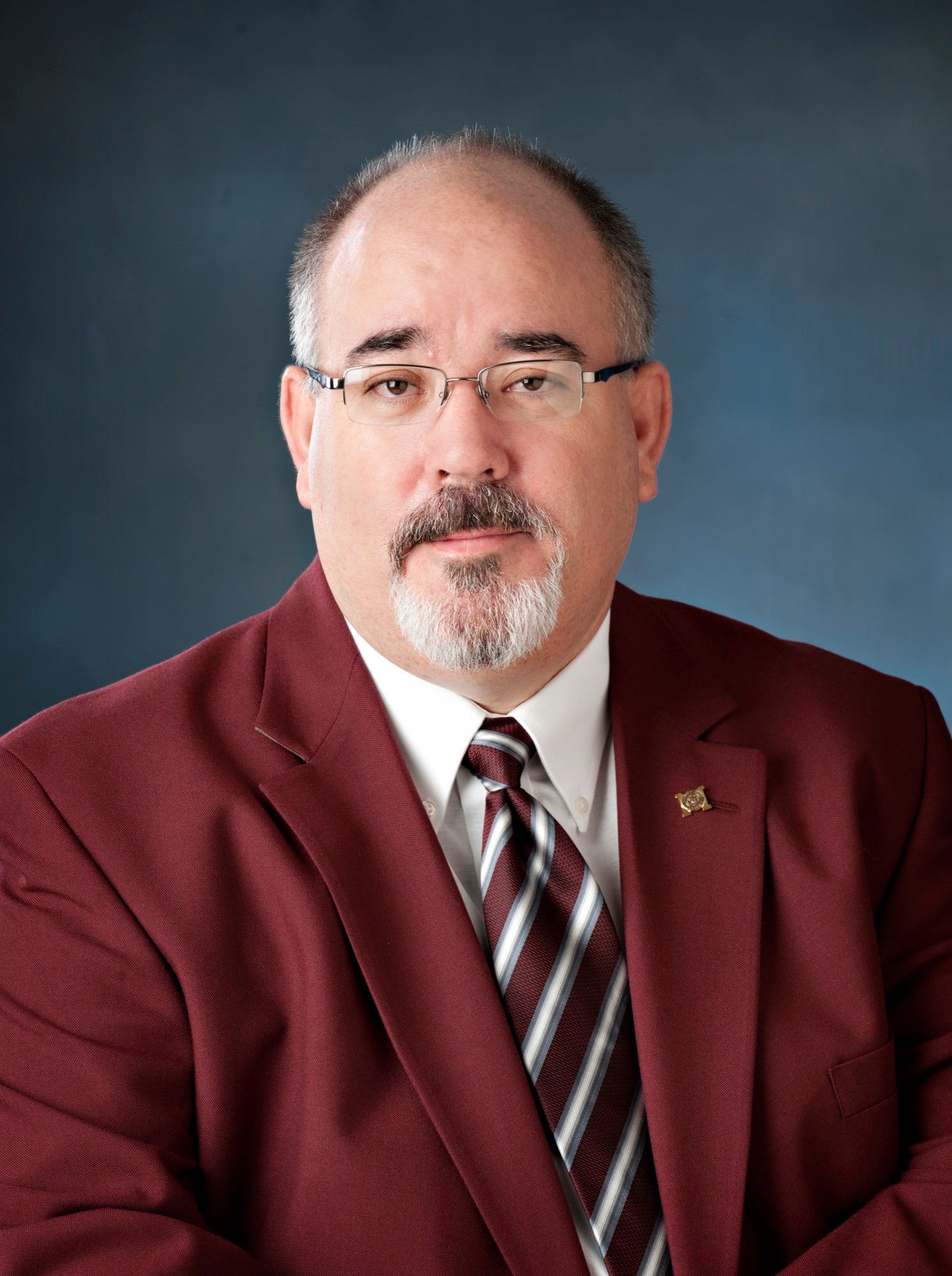Voters looking at different sources of news about presidential race
Published 10:12 am Wednesday, September 7, 2016

- Sid Salter
My how times have changed over the course of my life in how Americans get their news about presidential elections.
As one who covered presidential conventions for newspapers, the new reality is sobering until one considers that while the digital delivery systems have changed the basic work of journalism remains much the same. Instead of the newspaper hitting the end of the driveway at 6 a.m., the “alert” bell dings on one’s smart phone. But the reporting is coming from many of the very same sources.
From my childhood, I recall awaiting the arrival morning and afternoon daily newspapers, the offerings of newscasts from the two or three television stations that generated a signal strong enough to reach our television antenna (depending on the weather), the arrival of magazines in the mail, radio news and good old word of mouth at church, in coffee and barber shops, and on the porches of friends of family.
But in 2016, there’s a different mix. First, there’s the 24-hour news cycle — which didn’t exist in the 1960s. News, other than major cataclysmic events, was reported several hours or longer in arrears — particularly in print media.
That’s no longer the case. Today, the 24-hour news cycle is a gnawing beast that must be fed – which often produces what passes for news but is really a never-ending conversation about what people think about the news of the day or the hour.
The Pew Research Center earlier this year identified news sources based on what respondents told them was the “most helpful” sources. Some 24 percent identified cable TV news, with social media and local TV news coming in at 14 percent each. News websites or apps accounted for 13 percent with radio taking in 11 percent. Print newspapers accounted for five percent. Late night comedy checked in at three percent.
Those numbers are skewed somewhat by the fact that the 27 percent represented by social media and news websites or apps are populated in great measure with content developed by print newspaper journalists, but there’s no question that over the last several presidential election cycles, social media has played an ever-increasing role in election coverage.
The Pew Center reports: “Social media are playing an increasingly large role in the way campaigns communicate with voters. In January 2016, 44 percent of U.S. adults reported having learned about the 2016 presidential election in the past week from social media, outpacing both local and national print newspapers. Moreover, as of July, 24 percent say they have turned to the social media posts of Donald Trump or Hillary Clinton for news and information about the election – more than those who turn to either of the candidates’ websites or emails combined (15 percent).”
It’s important to note that the Pew Center only notes social media as the “most helpful” source for 2016 presidential election news for the 18-29 age demographic. For the over 50 voters, the main sources remain cable TV news, network news, and print.
The Pew Center analysis was pretty clear on the differences between how Millennials get their news as compared to Baby Boomers — or roughly, how my adult daughter gets her news as compared to her father.
Some 61 percent of Millennials report Facebook as a prime news source while only 37 percent of them rely heavily on local TV stations. But Baby Boomers reported virtually the exact opposite with 60 percent relying primarily on local television for news and 39 percent on Facebook.
What is most disconcerting is the fact that both candidates and political parties alike are avoiding the news media altogether and generating their own “news” or “propaganda,” call it what you will.
For many, the declining role of the traditional media in the 2016 election is a good thing. They don’t trust the media and see the media as their enemy. But in an age in which both Democrats and Republicans alike are embracing new media to bypass the “filter” of the traditional news media, the truth is that facts, balance, and accountability are becoming casualties to who gets the most likes, retweets and shares.
Sid Salter is a syndicated columnist. Contact him at sidsalter@sidsalter.com.





